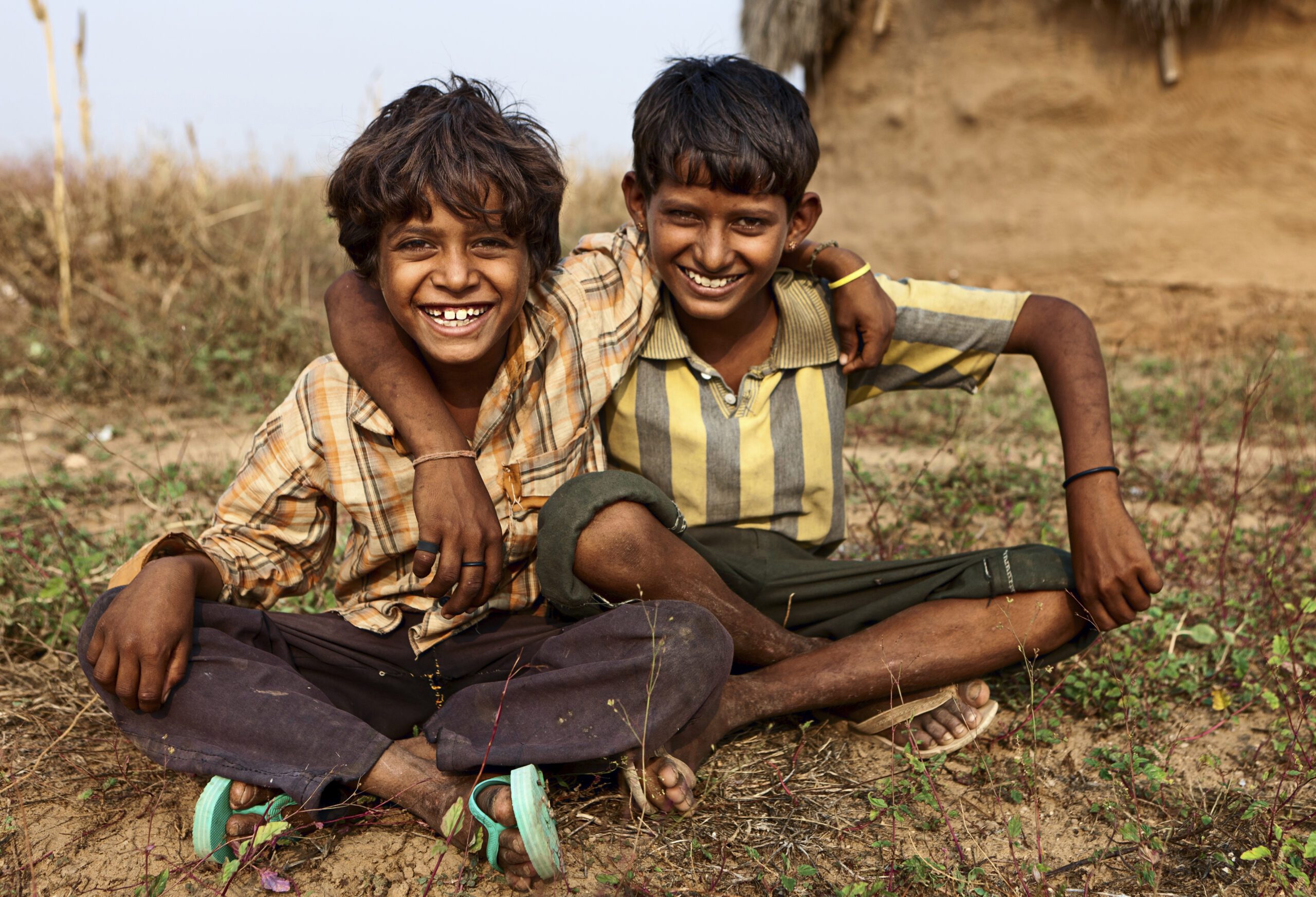
In the last post on, ‘How Can Science Elevate Children’s Lives from Poverty? (Part 1)’, we observed how science can be used to improve poor health which is a major cause of poverty. This post focuses on another cause of poverty in our society; hunger. Hunger has serious effects especially in the developing world including starvation and malnutrition. When a well-balanced nutritional meal is unavailable, there tends to be increase in crime rate and indecency as people try to source for food. Science comes in to address the root cause of food insecurity.
One example of a solution to food security can be realized in Asia, where a large percent of the world’s rice is grown. During planting season, thousands of hectares of cultivated land suffers floods. Scientists invented a ‘flood tolerant’ type of rice that can withstand waterlogged plantations for up to two weeks. The advancement has been implemented in countries such as India, Bangladesh, Philippines, Indonesia, Myanmar, Lao PDR, and Nepal.
Another scientific innovation is the introduction of a new crop known as Orange Sweet Potato (OSP) in Uganda. This crop was originally bred through a process known as bio fortification. In Uganda one in every five children lacks vitamin A, leading to over 29,000 deaths every year throughout the country. Fortunately, OSP has abundant levels of vitamin A and has been a key ingredient in reducing the death toll. Furthermore, OSP has been known to combat diarrhea, which is also a serious disease in Uganda.
Science can be a key tool in ending world hunger and thus ending the deaths caused by starvation. Moreover, it can also help increase nourishment in areas where malnutrition is in heavy. In line with achieving the Sustainable Development Goals, particularly, End Poverty in all its forms everywhere (SDG 1); End hunger, achieve food security and improved nutrition, and promote sustainable agriculture (SDG 2); and Ensure healthy lives and promote well-being for all at all ages (SDG 3), the society is highly encouraged to equip themselves with new technologies to help combat poverty and improve people’s health and livelihood.
By adapting to new modern-day scientific innovations, we can utilize our resources in more productive ways. The new ideas, once implemented at grass roots level, can open up new employment opportunities for millions of people in the developing world. This empowers and improves the community’s standard of living. All this begins with the first step; accepting to learn and adapt new measures of living. We can all eradicate hunger and poverty!

